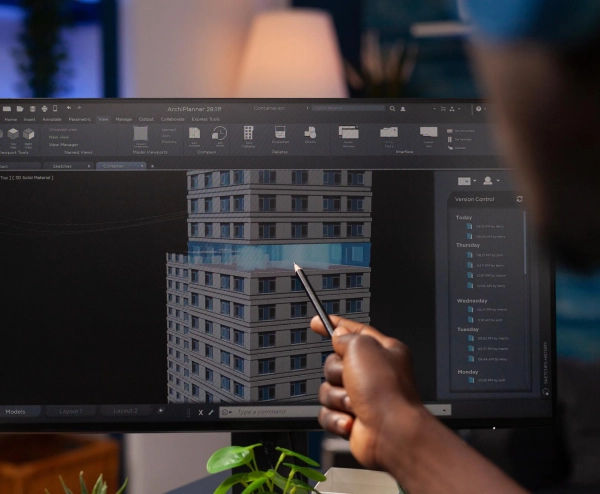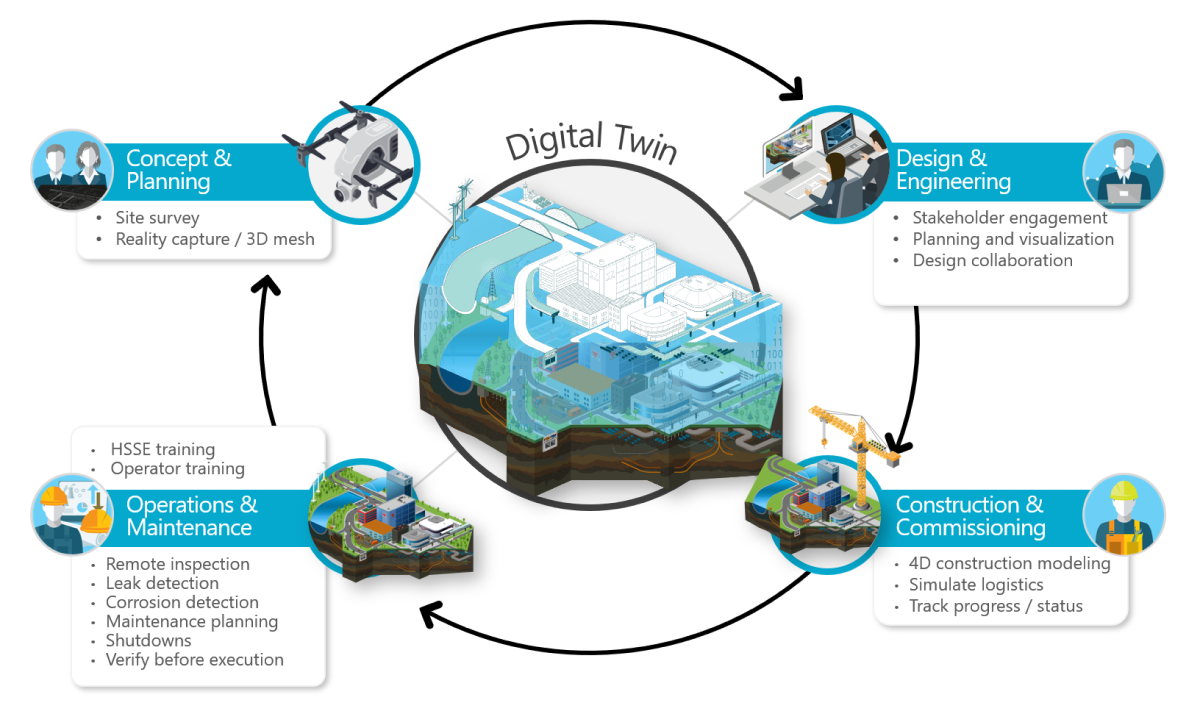Digital Twin
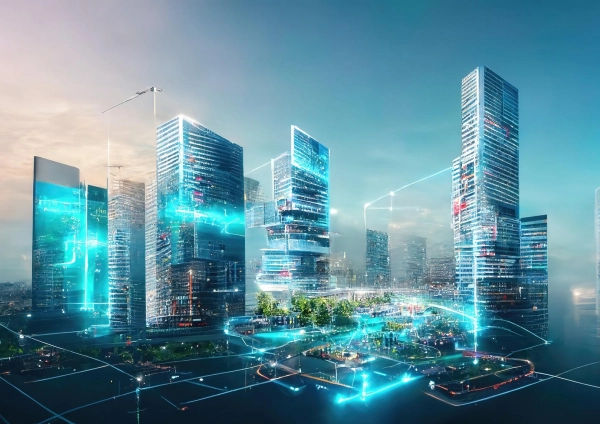
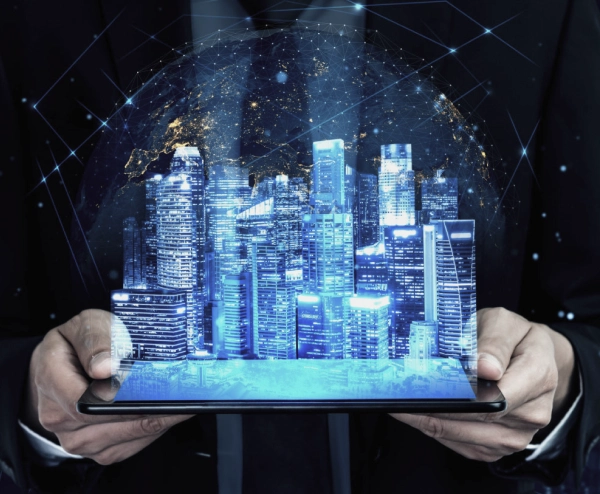
What is a Digital Twin?
- A realistic and dynamic digital representation of a physical asset, system or city.
- It spans the object's lifecycle and uses real-time data sent from sensors on the object to simulate the behavior and monitor operations.
- Digital twins can replicate many real-world items, from single pieces of equipment in a factory to full installations, such as wind turbines and even entire cities.
- Digital twin technology allows you to oversee the performance of an asset, identify potential faults, and make better-informed decisions about maintenance and lifecycle.
What does a Digital Twin do?
- A digital twin works by digitally replicating a physical asset, including its functionality, features, and behavior, in a virtual environment.
- Using smart sensors that collect data from the product, a real-time digital representation of the asset is created.
- The representation can be used throughout an asset's lifecycle, from initial product testing to real-world operation and decommissioning.
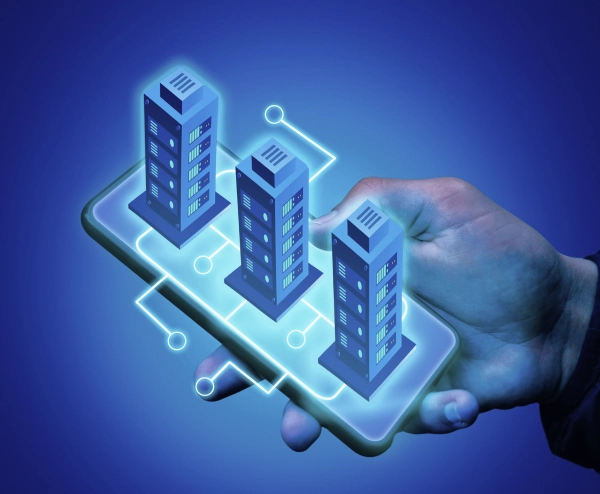
Benefits of Digital Twin

- Improved performance
You can enhance the operation of your machinery, plant, or facilities with the help of the real-time data and insights supplied by digital twins. Problems can be resolved as they arise, ensuring that systems perform optimally and reducing downtime.
- Predictive capabilities
Even if your facility is made up of thousands of different pieces of equipment, digital twins can provide you with a comprehensive visual and digital perspective of your manufacturing plant, office building, or other facility.
Smart sensors keep an eye on each component’s output and alert the user when problems or malfunctions arise. Rather than waiting for a piece of equipment to completely fail, you can intervene as problems arise.
- Remote monitoring
The virtual nature of digital twins means you can remotely monitor and control facilities.
Remote monitoring also means fewer people have to check on potentially dangerous industrial equipment.
- Accelerated production time
By creating digital replicas, you can speed up the manufacturing of goods and infrastructure before they are built.
You can examine how your facility or product responds to errors by running scenarios and making the necessary adjustments before starting actual production.
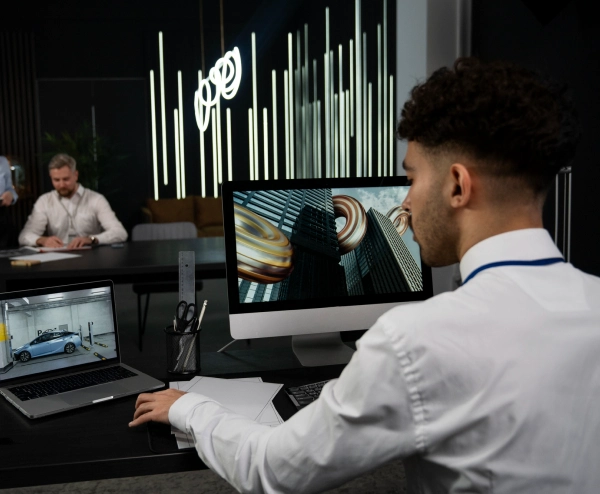
Industry that can use Digital Twin Technology

Construction

Manufacturing

Energy

Automotive

Healthcare
Bentley iTwin Service
- It is a cloud subscription program for managing infrastructure digital twins.
- An iTwin subscription includes services for visualizing, managing, and securing a single digital twin, including its reality data and iModels, along with federated project and/or asset data.
- Tools for granting (and revoking) role-based authorization to access digital twins and services are included in iTwin services.
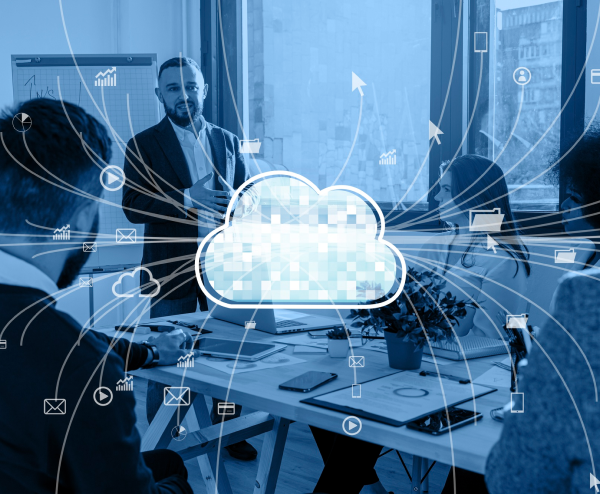
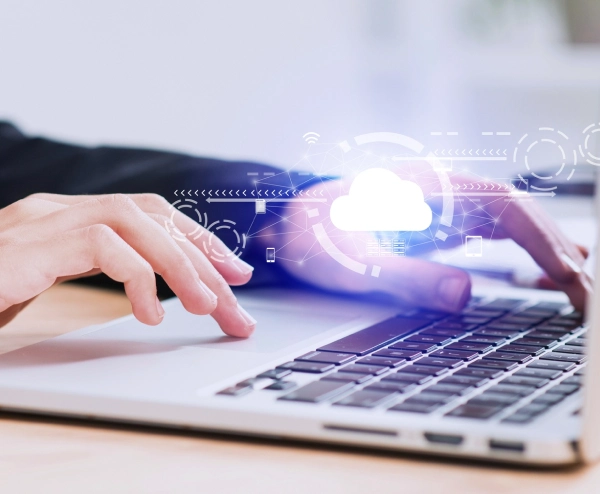
What is the iTwin Platform?
- Bentley's iTwin platform is an open, scalable cloud platform that provides APIs and services to developers to assist in the creation of digital twin applications for project teams and owner-operators to create, visualize, and analyze digital twins of infrastructure assets.
- The platform takes care of back-end concerns such as security, infrastructure, and data integration so that developers can focus on building applications and bringing them to market faster.
- Enables the incorporation of engineering data created by diverse design tools into a living digital twin and aligns it with reality data, and other associated data with no disruption to an end user's current tools or processes.
- Users can visualize and track changes from IoT (Internet of Things) connected devices such as sensors and drones using applications built on the iTwin Platform
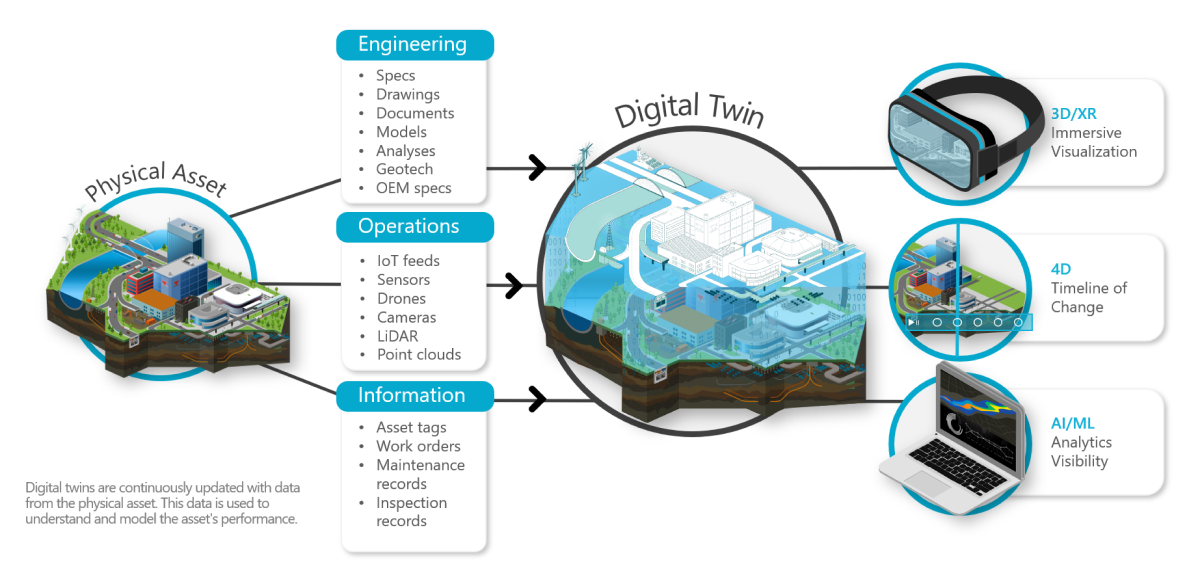
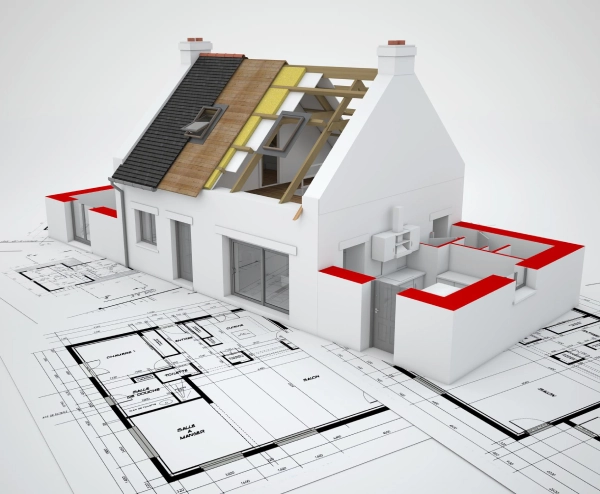
Infrastructure Digital Twin Workflows
Bentley’s iTwin platform is the foundation for iTwin Enabled applications and digital twin solutions created by Bentley and its strategic partners, including digital integrators, system integrators, independent software vendors, and software developers.
By enabling developers to access Bentley’s iTwin platform, meaningful insights are made possible such as:
- Inspect the digital twin and create applications that enable better-informed decisions at each stage of the asset lifecycle.
- Improve collaboration during design and construction through simulation and 4D modeling.
- Anticipate and avoid operational issues, and respond quickly and confidently to achieve cost savings, improved service availability, lower environmental impact, and improved end-user safety.
